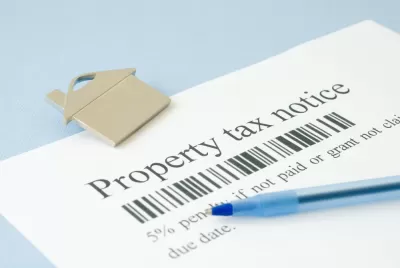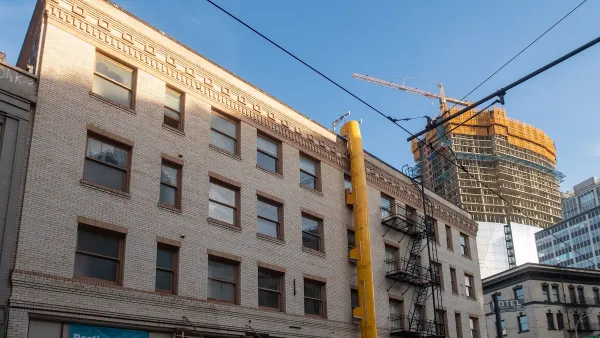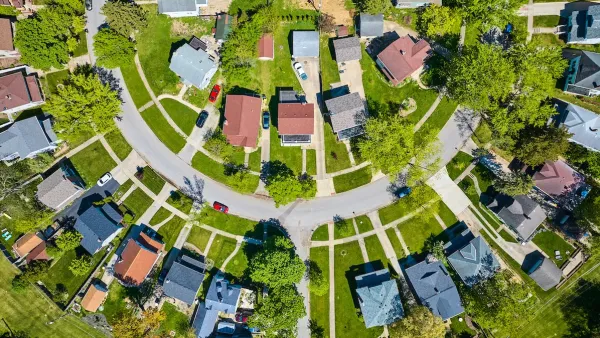Skyrocketing home values are driving up property tax bills, putting lower-income homeowners at risk of losing their homes.

There has been a lot of talk about how soaring home values, along with high interest rates, are making home ownership unaffordable for the majority of Americans. But it’s not just impacting home buyers. The average single family home price shot up nearly 40 percent over the last three years, resulting in increased property taxes for millions of homeowners. It’s a problem for fixed-income retirees and low-income homeowners in particular because property taxes tend to take a larger percentage of their income and they are at higher risk of losing their house when that bill skyrockets.
In response, state lawmakers across the country are seeking to ease the burden, reports Kevin Hardy from Stateline. Last year, Idaho legislature approved nearly $100 million in property tax relief for homeowners in the state’s most populous county and home to Boise, Ada County. That amounted to a median cut of more than $500 per home. Montana is offering rebates of up to $675 for 2023 and 2024, and has launched a task force charged with proposing a longer-term relief plan. In Wyoming, organizers are seeking to put a relief measure on the statewide ballot after legislative efforts failed. And Nebraska Gov. Jim Pillen has proposed to offset a property tax reduction with a sales tax increase.
Jared Walczak, vice president of state projects at the Tax Foundation, told Stateline he expects many other states—both blue and red—to tackle the issue this year.
Critics of across-the-board property cuts many states are considering say they are not sustainable, particularly when state revenues decline. Some are concerned such cuts could erode revenue for school districts and local governments. Alternatives to cuts include capping how much valuations of a home can rise each year or restricting the amount rates can increase.
FULL STORY: State lawmakers seek to limit property tax increases as home values soar

Maui's Vacation Rental Debate Turns Ugly
Verbal attacks, misinformation campaigns and fistfights plague a high-stakes debate to convert thousands of vacation rentals into long-term housing.

Planetizen Federal Action Tracker
A weekly monitor of how Trump’s orders and actions are impacting planners and planning in America.

In Urban Planning, AI Prompting Could be the New Design Thinking
Creativity has long been key to great urban design. What if we see AI as our new creative partner?

How Trump's HUD Budget Proposal Would Harm Homelessness Response
Experts say the change to the HUD budget would make it more difficult to identify people who are homeless and connect them with services, and to prevent homelessness.

The Vast Potential of the Right-of-Way
One writer argues that the space between two building faces is the most important element of the built environment.

Florida Seniors Face Rising Homelessness Risk
High housing costs are pushing more seniors, many of them on a fixed income, into homelessness.
Urban Design for Planners 1: Software Tools
This six-course series explores essential urban design concepts using open source software and equips planners with the tools they need to participate fully in the urban design process.
Planning for Universal Design
Learn the tools for implementing Universal Design in planning regulations.
Gallatin County Department of Planning & Community Development
Heyer Gruel & Associates PA
JM Goldson LLC
City of Camden Redevelopment Agency
City of Astoria
Transportation Research & Education Center (TREC) at Portland State University
Jefferson Parish Government
Camden Redevelopment Agency
City of Claremont





























